Read about a tasty, eco-friendly new range of proper desserts by London, UK company: Pots & Co.
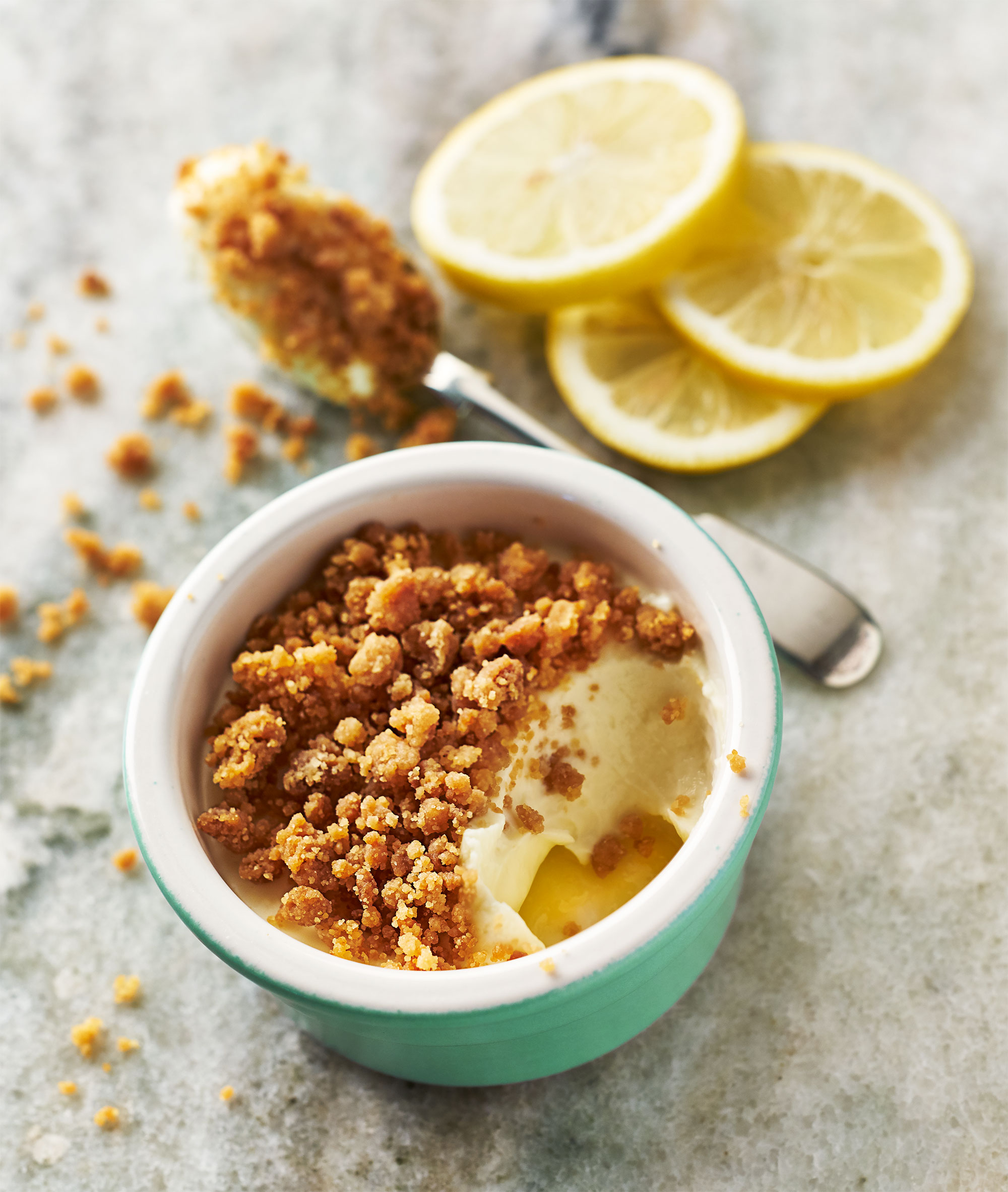
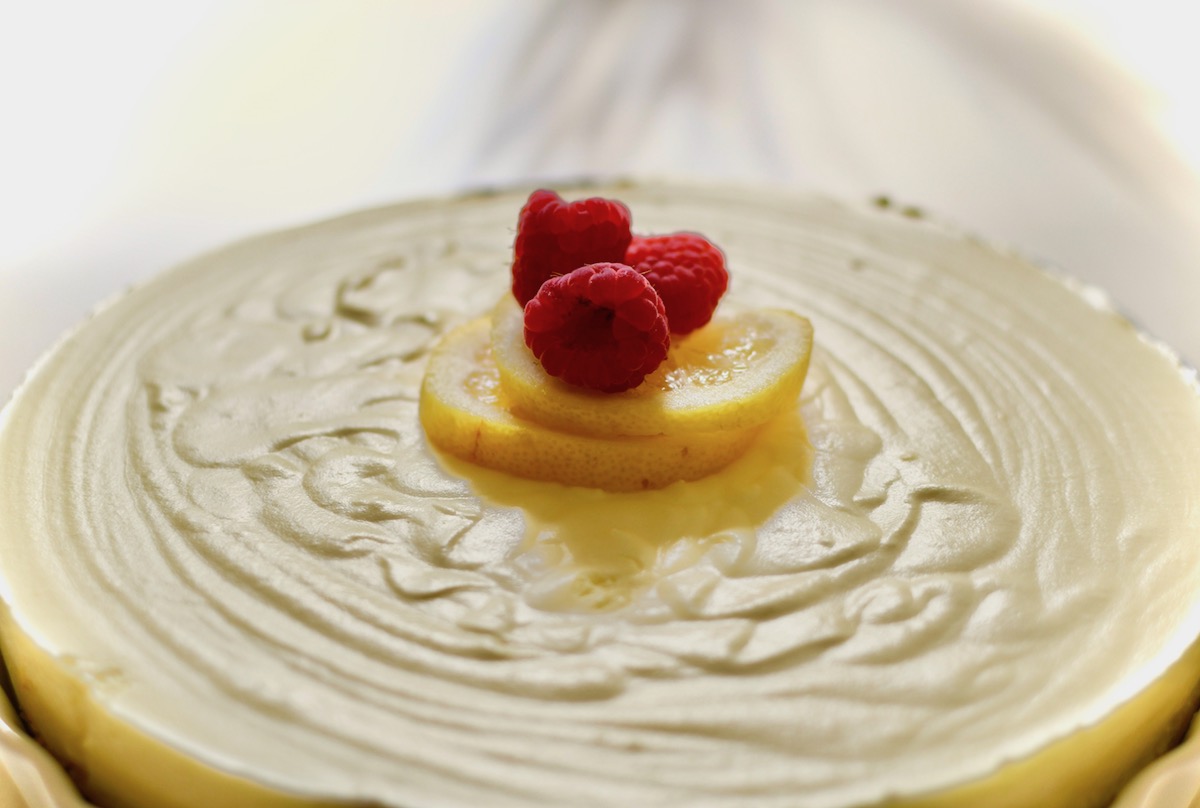
Here’s an easy summertime favorite: no-bake lemon cheesecake. This dessert recipe is a perfect finale to the BBQ dinner.
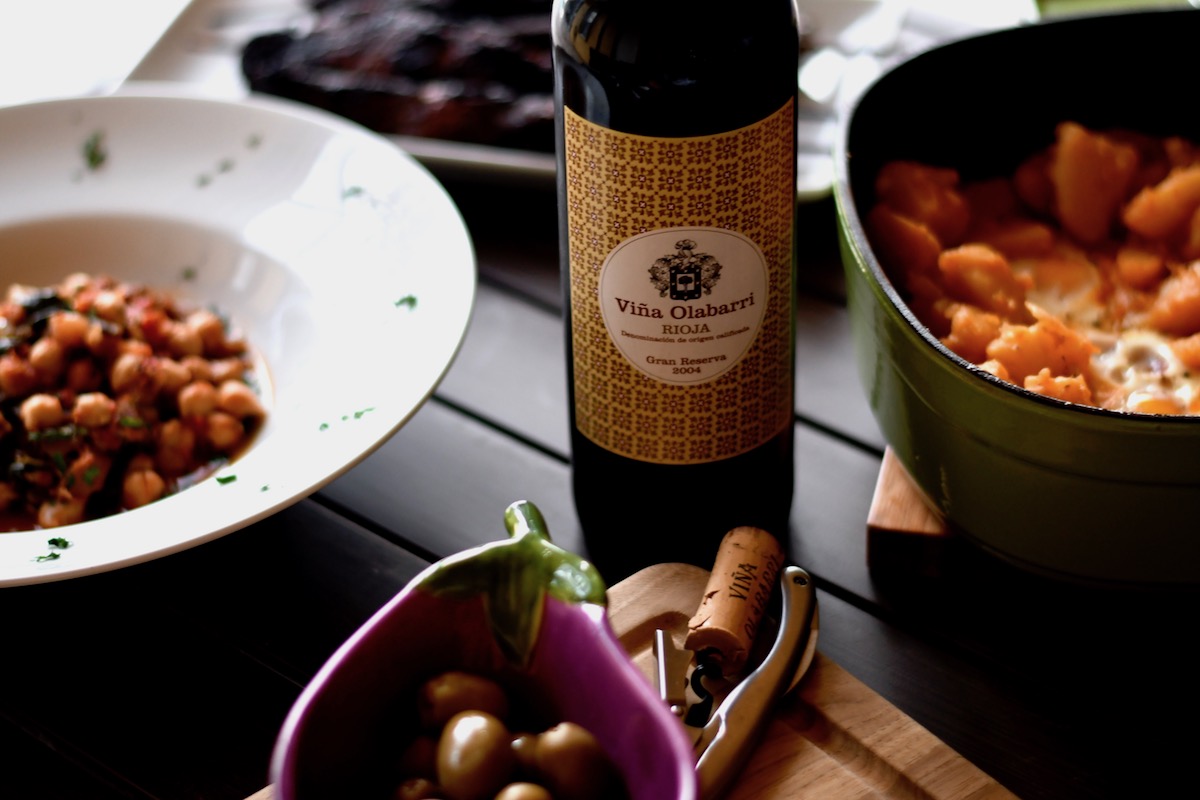
Check out two easy Spanish tapas recipes and some insight about a Rioja Tempranillo wine and preparing for test time.
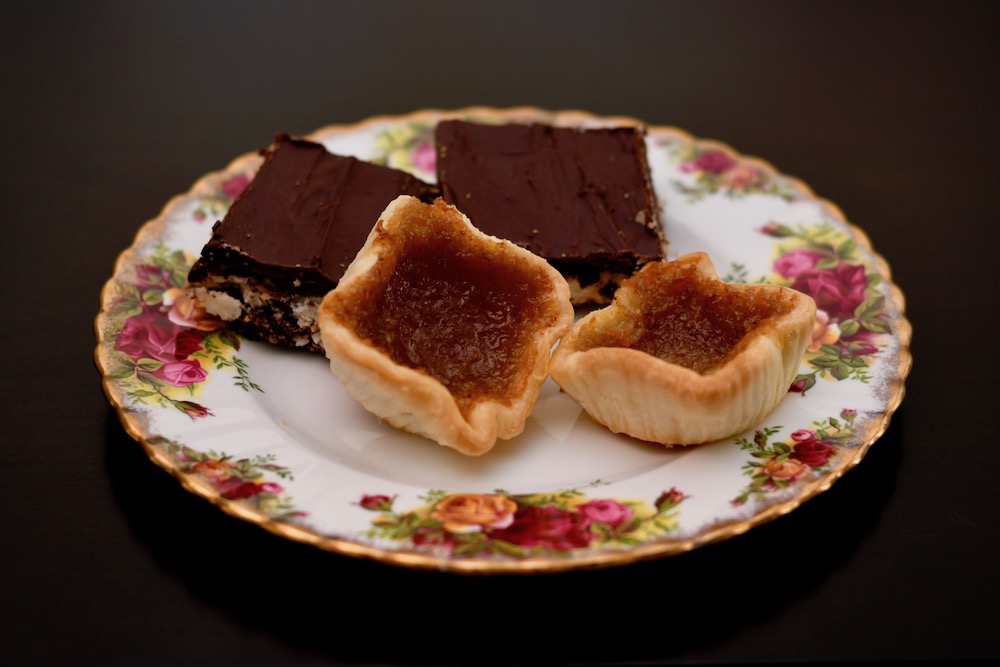
Recipes for two of my favorite Canadian desserts: Nanaimo Bars and Butter Tarts. Read the reason why I blog and how it’s help me overcome loss.
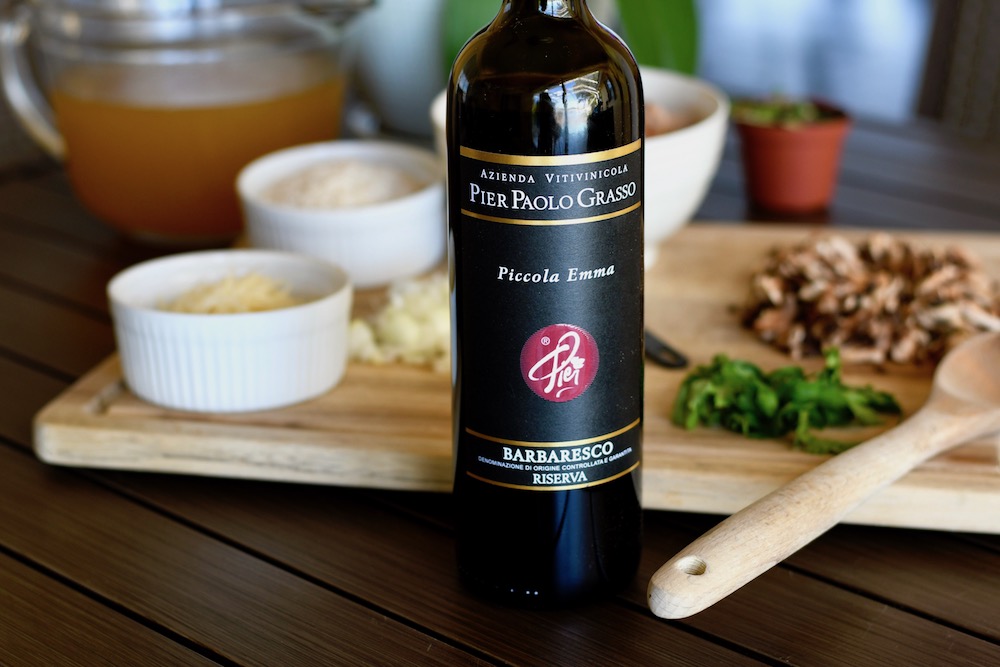
Virtual Travel to a Piemonte vineyard is the perfect way to escape from pandemic-related bad dreams. Enhance your daydreams and enjoy a wine pairing lunch with Barbaresco wine and Risotto with Sausage.
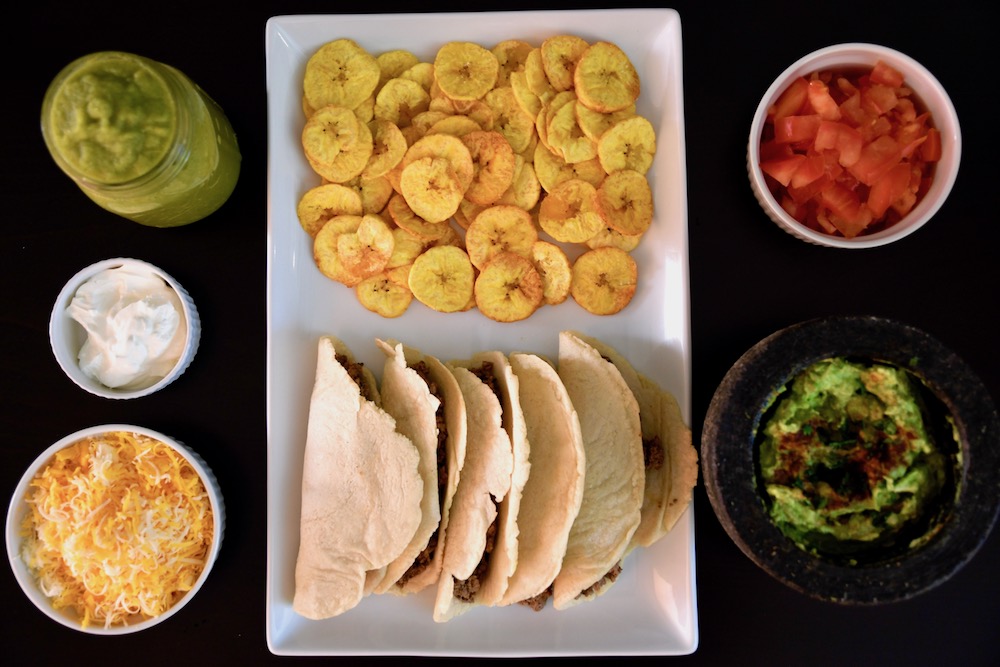
Staying at home for Cinco de Mayo? Here’s an easy, homemade taco recipe with a little bit of history.
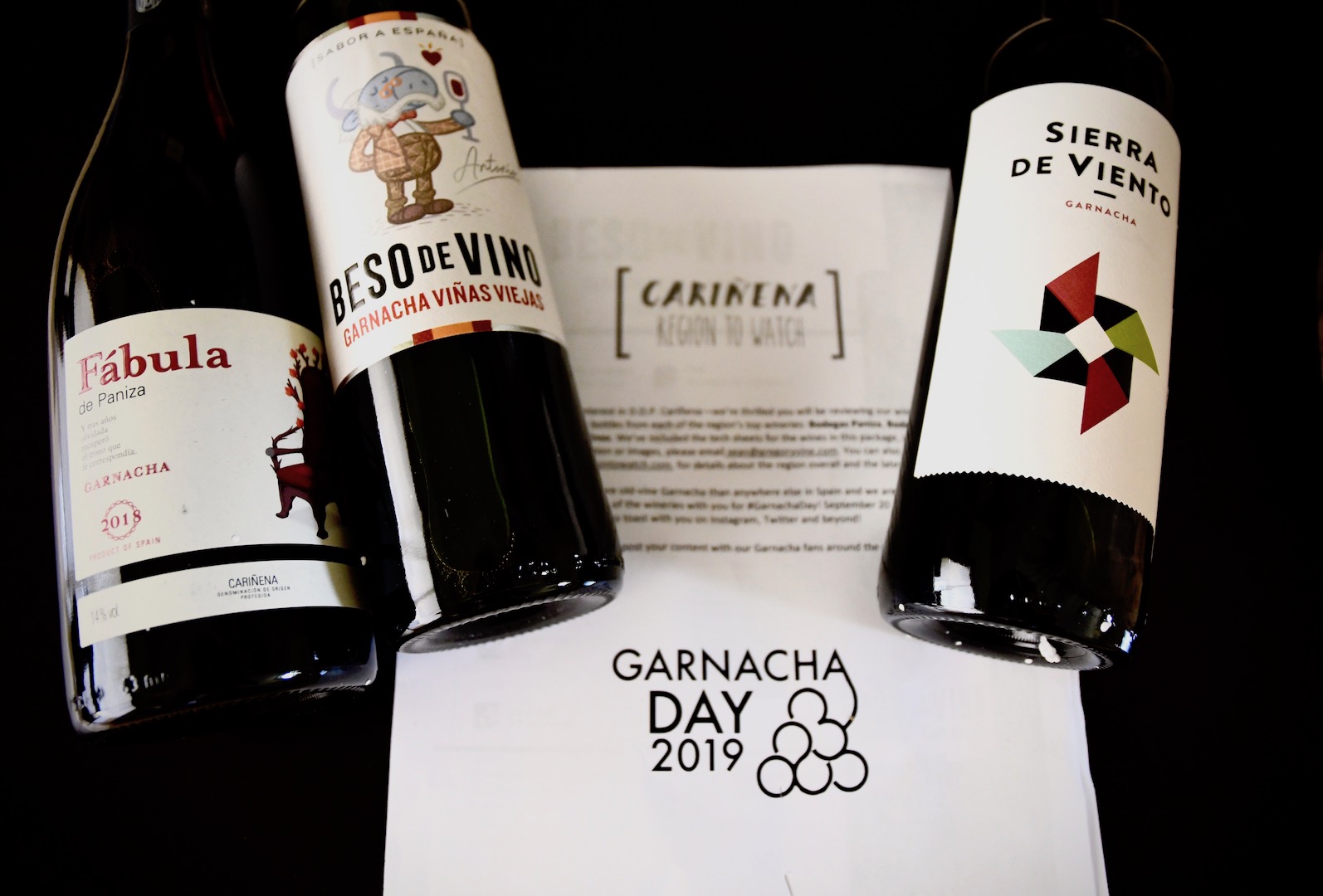
TGIF and Happy #GarnachaDay! Following a hurricane postponement of the Miami Home Show and rushing to get all of my work done and in place before flying to Spain, I began ignoring…
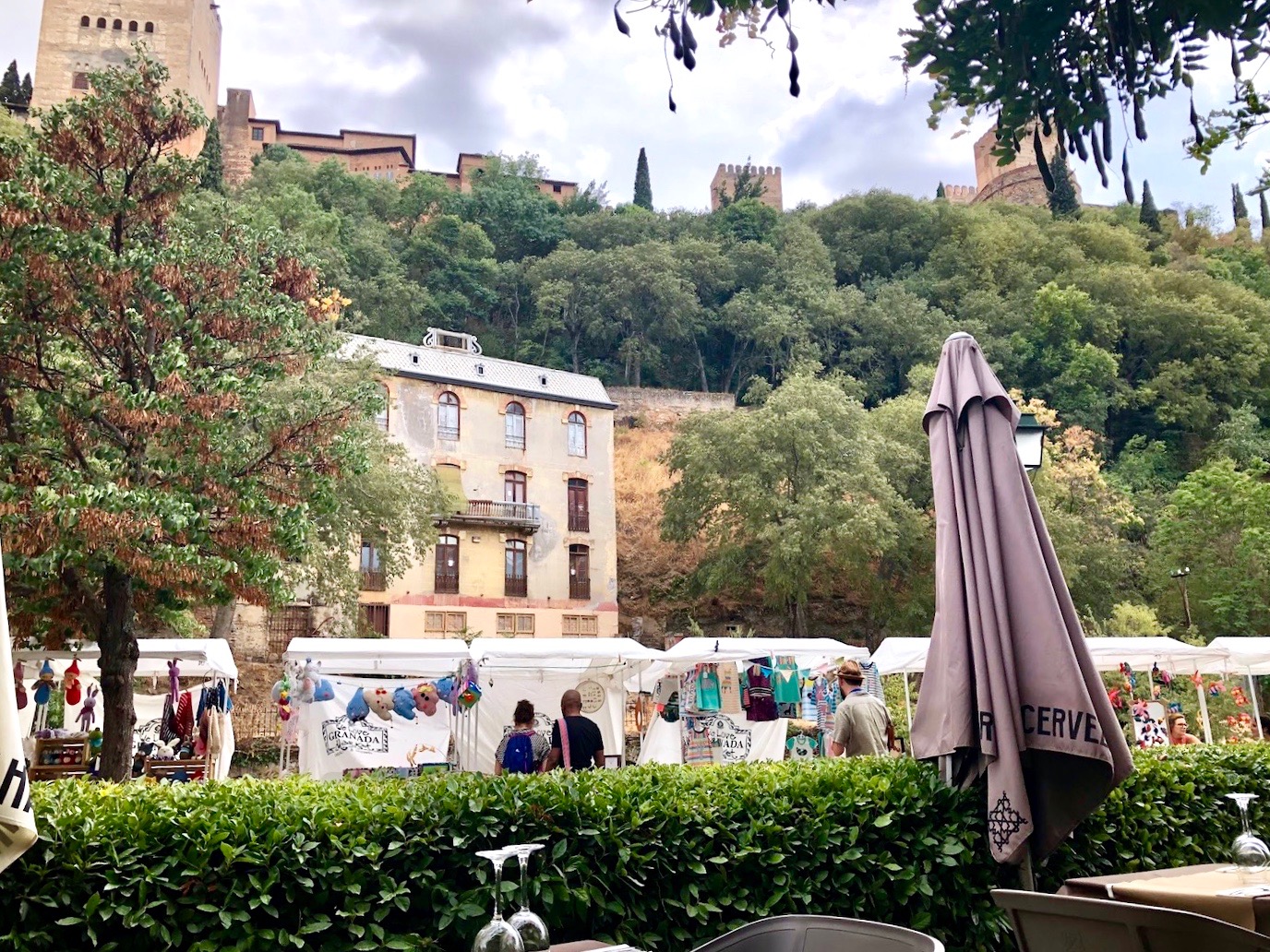
I’m back from Spain and what better way to celebrate Wine Wednesday than with an authentic Spanish food and wine pairing? Unlike Madrid, it was a challenge to find a good selection…
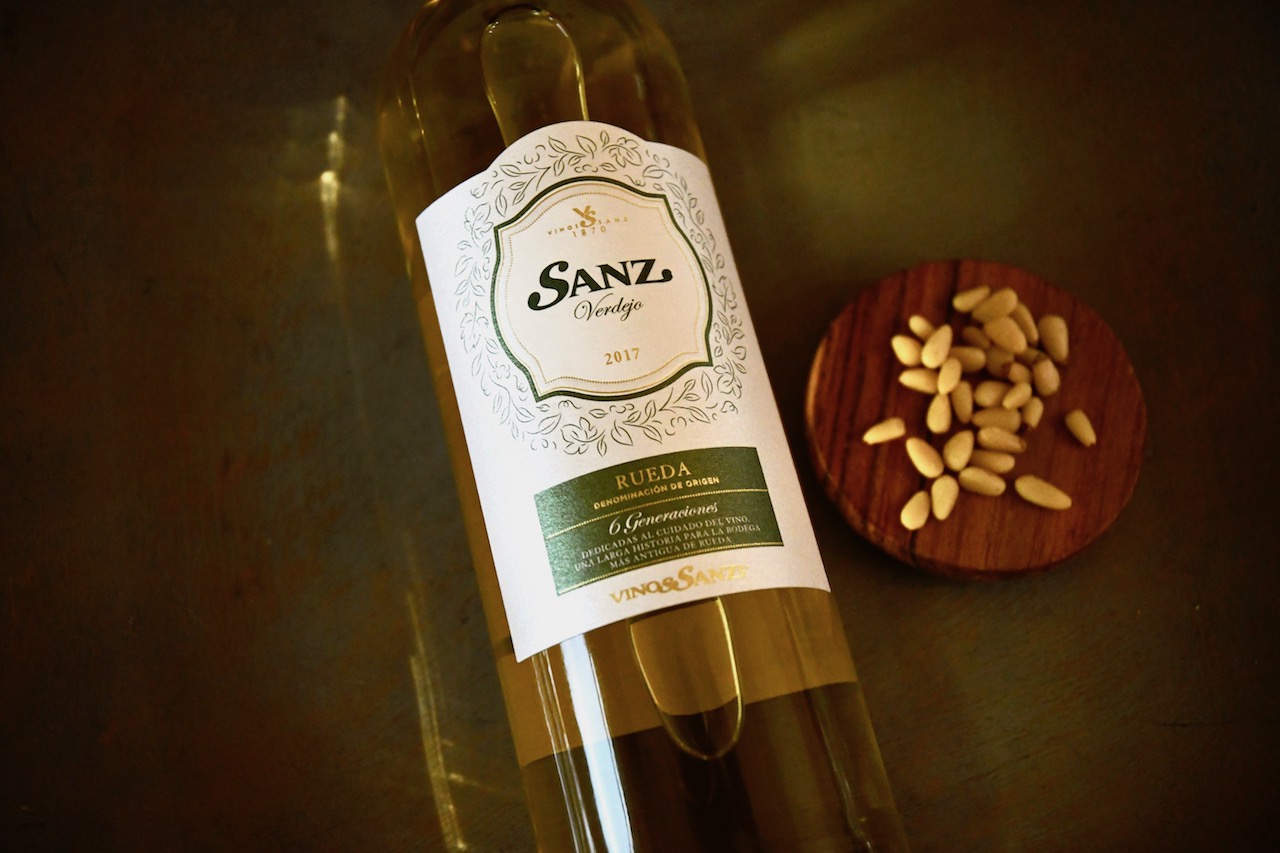
If you’ve been following my Blog or are connected with me on social (@AllegoryPR #MyArtEscape,) you’ll know that I’m slowly making my way through the Society of Wine Educators (SWE) Certified Specialist…